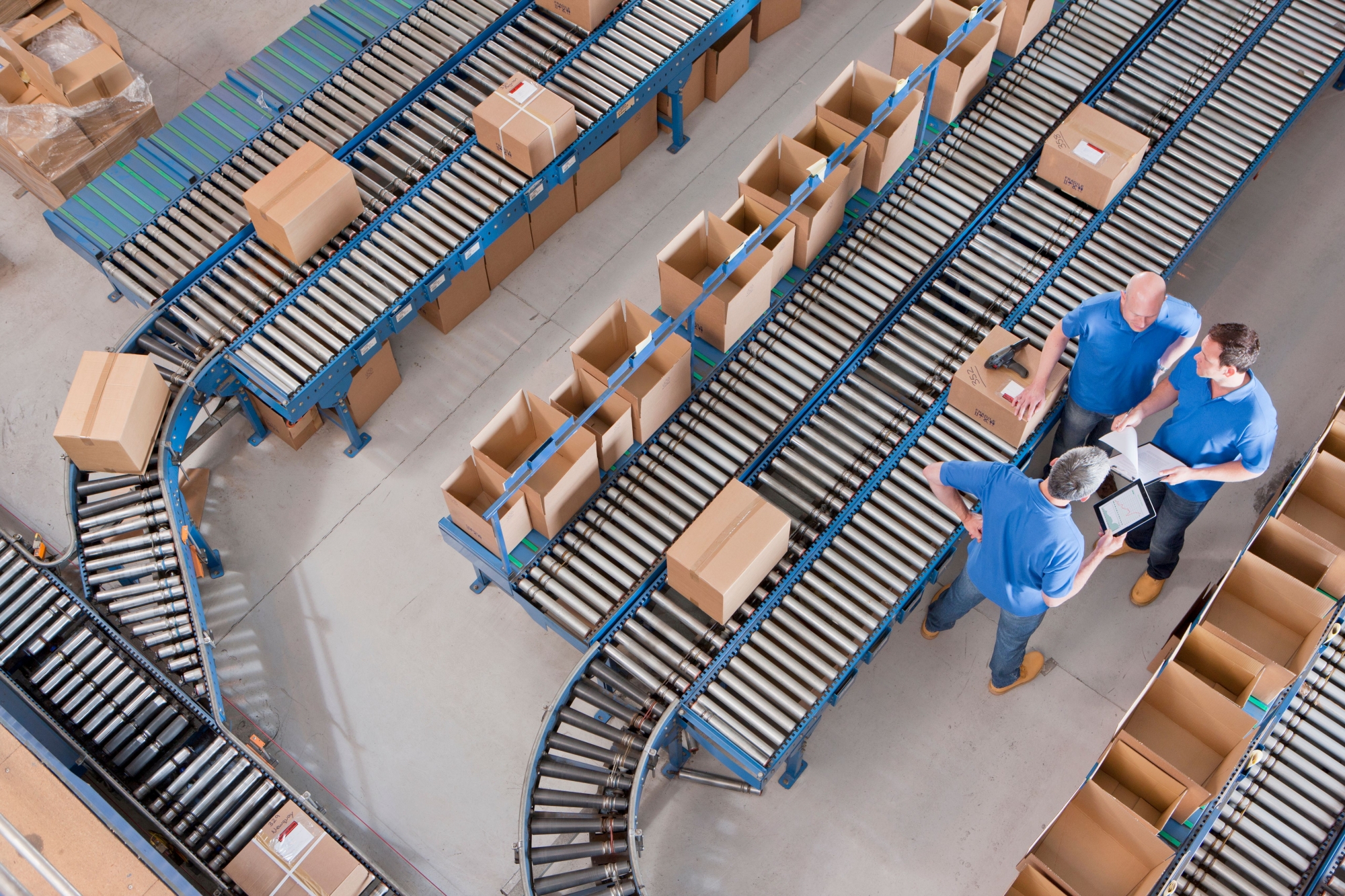1. Start by engaging the organisation
O.E.E. is a performance indicator that needs to be finaly supported by the entire operational organisation. Introducing and using O.E.E. is therefore certainly not a mere technical intervention, it requires expertise in mobilising and involving teams towards the same goal.
We show with 2 practical examples how to pragmatically involve a colleague to improve O.E.E. together:
- Management team needs to be aware of why we use O.E.E., what it means and the projects that will be implemented to achieve it. So investing time to create awareness about this is crucial.
- Project leaders: project leaders and teams are preferably trained in using the DMAIC (Define Measure Analyse Improve Control) or PDCA (Plan Do Check Act) approach to how to lead an O.E.E. improvement project.
2. Look at losses
- Map all losses using a loss & waste analysis.
- Let the data do the talking: we request process data available from the machine or installation. A detailed data analysis tells us where the various losses are located at the machine level.
3. Assume 100% as an O.E.E. target
- No stops, no slower speeds, no quality losses, ...
- Assume 7 days, 24h availability per day, ...
- Finally calculate the current O.E.E. (read on: what are the components of O.E.E.)
4. Improvement projects are identified
- As a function of losses and available capacities.
5. Governance structure set up with coaching and support
- Setting up a strong and tight weekly follow-up with a visual board close to production line results in working together as an operational team towards a better O.E.E.. In addition, we also integrate an escalation structure (tiered accountability) to ensure that the entire organisation can support the change of the O.E.E. and additional support where needed.
- For building an escalation structure, read further in the blog series on obeya and especially the part on esacalation.




